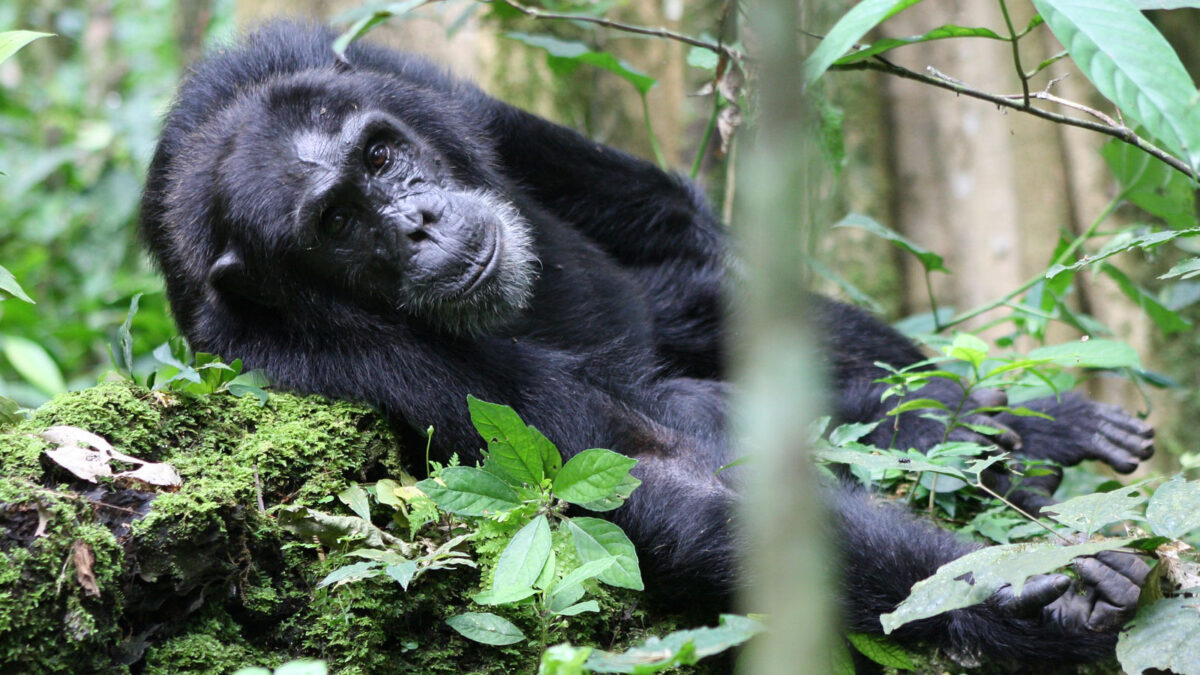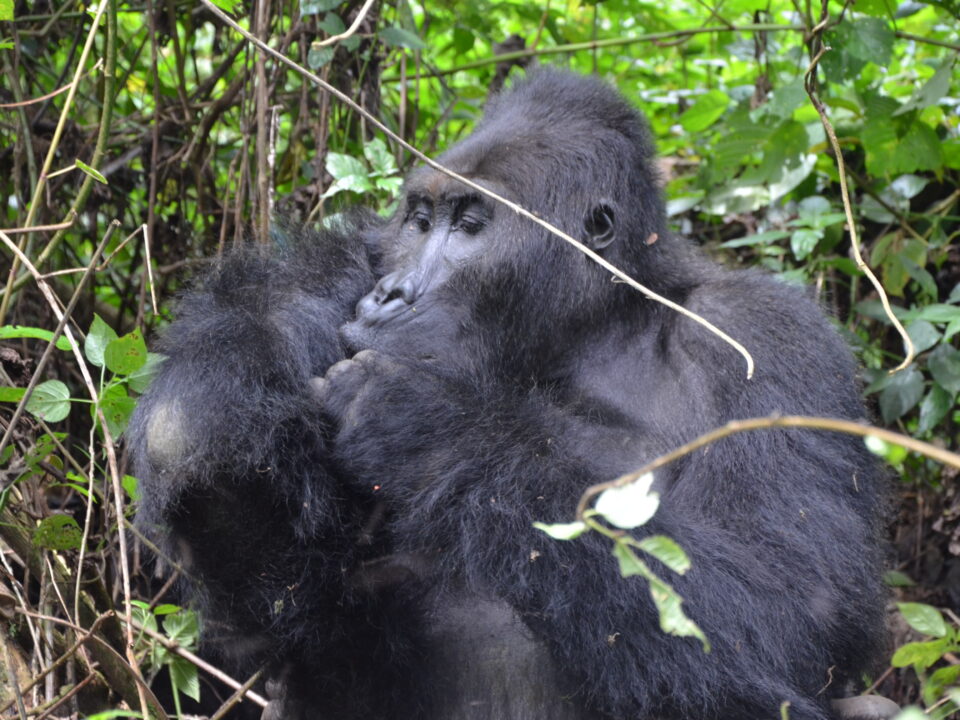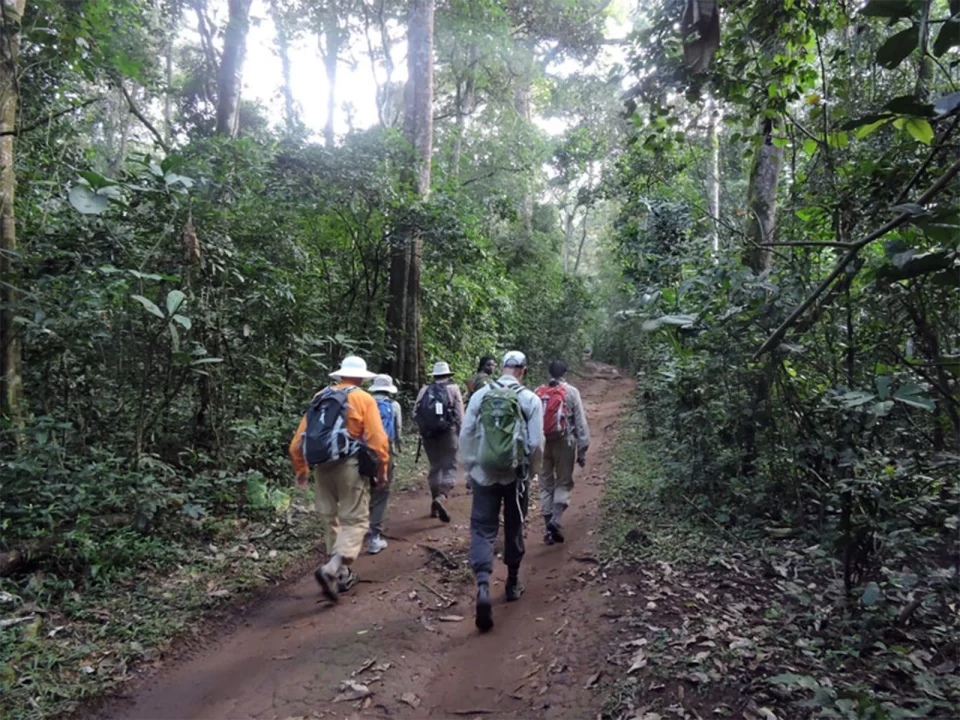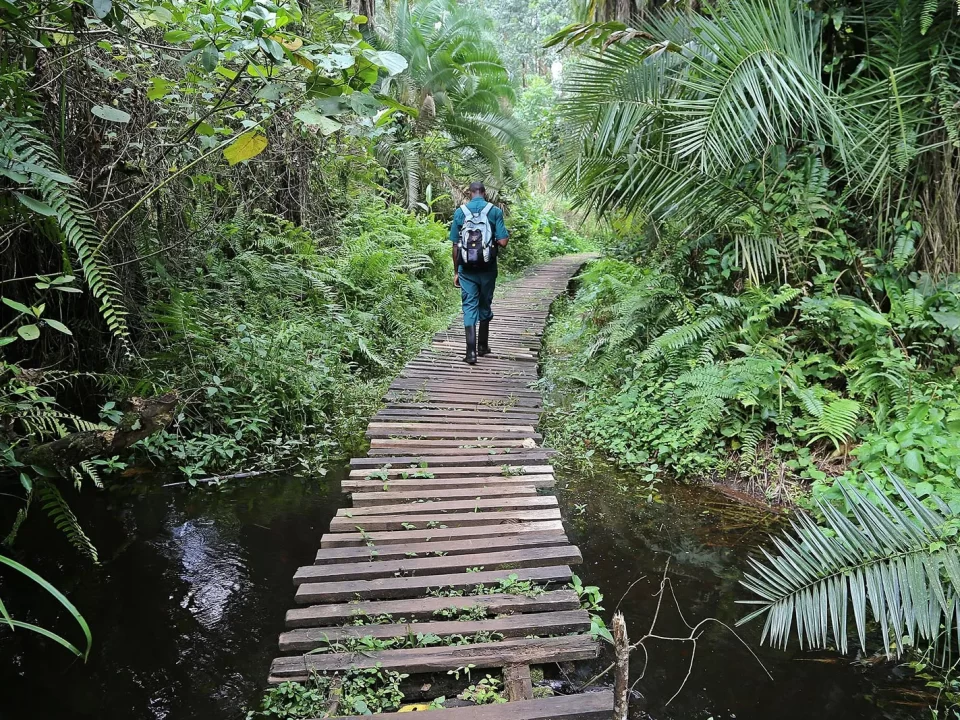Frequently Asked Questions about Kibale Forest National Park

Frequently Asked Questions about Bwindi Impenetrable National Park
August 2, 2023
15 Frequently Asked Questions About Gorilla Trekking in Africa
August 2, 2023Frequently Asked Questions about Kibale National Park
Find the top frequently asked questions about Kibale National Park here. Kibale National Park is renowned for its habituated chimpanzees in Africa, offering daily chimpanzee trekking in both morning and afternoon shifts. Covering approximately 795 sq km, this tropical forest is also a haven for various bird species, including the rare shoebill.
The southern part of Kibale National Park borders Queen Elizabeth National Park, and a 180km long migration strip connects these protected areas. This migration strip sees the movement of elephants, duikers, Giant Forest hogs, and warthogs crossing into the forest to forage. The strip extends from Ishasha in the south of Queen Elizabeth National Park to Sebitoli Forest in Kibale.
Kibale National Park is home to over 13 primate species, including black and white colobus, olive baboons, bushbabies, red-tailed monkeys, and grey-cheeked mangabeys, among others.
Where is Kibale Forest National Park Located?
Kibale Forest National Park is located in the western part of Uganda, East Africa. The park’s diverse terrain ranges from wet tropical forests on the Fort Portal plateau to dry tropical forests, woodlands, and savannahs near the Rift Valley floor. With an altitude of 1590 m above sea level, Kibale’s varied landscape provides suitable habitats for a wide range of wildlife, including primates, forest elephants, duikers, giant forest hogs, numerous bird species, and warthogs. The park experiences varying rainfall, with the northern sector receiving about 1700mm. The wettest months are March to May and November, and the park is situated in the view goldmine of Ndali to Kasenda, offering outstanding views like the Kyaninga Lake view.
What To Do In Kibale National Park
Chimpanzee Trekking:
Chimpanzee trekking is the main activity in Kibale National Park. Two shifts are available for trekking chimpanzees in the morning and afternoon. During the trek, visitors follow ranger guides to locate the chimpanzees, but the clever primates may spot the trekkers first and alert the group about their presence. The park also offers chimpanzee habituation experiences, allowing visitors to follow partially wild chimpanzees and familiarize them with human presence, especially during the shoulder seasons (March to May or November) with fewer tourist visits. Additionally, visitors can encounter other primates such as red-tailed monkeys, vervet monkeys, black and white colobus, grey-cheeked mangabeys, olive baboons, bushbabies, L’Hoest’s monkeys, and more. A visit to Bigodi Swamp offers a chance to observe a variety of incredible primates.
Other Activities To Do In Kibale National Park
Birding in Kibale National Park:
The park’s tropical rainforest is home to a rich birdlife, including some Albertine endemics. The swampy vegetation provides a safe haven for water birds, such as the shoebill. One of the best spots for forest birding is along the main road from Kanyanchu Visitor Center to the bridge. Visitors may spot birds like Scaly Francolin, Grey-headed Olive-back, Black-crowned Waxbills, Black, and White Mannikin.
Community Walks:
The Bigodi Wetland Sanctuary walk takes visitors on a community-based walk on the outskirts of the park in Magombe Swamp. The walk offers a higher chance of sighting primates like black and white colobus, vervet monkeys, red-tailed monkeys, olive baboons, and more. Various forest animals, including bushbucks, otters, mongoose, and sitatungas, also frequent the swamp. Bird enthusiasts can enjoy spotting around 138 bird species, viewable from the swamp’s view platform and boardwalk trail.
Kihingani Wetland Walk:
Visitors can explore the Kihingani wetland on the fringes of the Kibale National Park Sebitoli sector, observing numerous birds that inhabit the swamp throughout the day.
Children’s Activities in Kibale National Park:
For families traveling with children below 12 years, special activities are available in the park. While children under 12 are not allowed to participate in chimpanzee trekking, they can still enjoy an educational walk with a dedicated ranger guide, learning about birds, plants, and harmless small creatures and monkeys. Engaging games like pond dipping, cyanotype, photography, and batik making are also offered to keep children entertained while parents go on chimpanzee trekking.
What Accommodation To Book In Kibale National Park
Kibale National Park offers a range of accommodation options, from luxury to moderate to modest facilities. Some popular options include Primates Lodge, Ndali Lodge, Kibale Safari Lodge, Kyaninga Lodge, Chimps Nest, Chimps Guest House, Mountains of the Moon Hotel, and Virika Guest House. Most of these facilities offer full board services, while some also run restaurant services.
How To Get To Kibale National Park
By Road:
There are two main routes to access Kibale National Park from Kampala city. The northern route takes about 4 hours and covers 300km of tarmac road from Kampala to Fort Portal town, followed by 36km of murram road to arrive at Kanyanchu. Alternatively, the southern route passes through Queen Elizabeth National Park and Sebitoli forest camp, another tourist center for Kibale National Park.
By Air:
Daily domestic scheduled flights depart from Entebbe or Kajjansi Airstrip to Kasese Airstrip, and transfer vehicles are available to take visitors to Kibale National Park. These flights operate in the morning and afternoon.
What To Pack For Chimpanzee Trekking in Kibale National Park
Visitors should pack binoculars for a closer view of the chimpanzees, especially during the rainy season when they may feed higher up in the trees. Energy treats, a camera with a good lens, long trousers and sleeved shirts in dirt-friendly colors, insect repellent, tracking boots for comfort and safety in the jungle, and rainproof gadgets are essential for a chimpanzee trekking adventure.
When Is The Best Time For Visiting Kibale National Park
Kibale National Park is best visited during the drier months of June to September and December, as chimpanzees tend to feed closer to the ground during this time. However, chimpanzee trekking is still possible during the wet months of March to May or November, although rain showers should be expected.
How Much Is Chimpanzee Trekking In Kibale National Park
Chimpanzee trekking permits in Kibale National Park cost $200 per person per trek for foreign non-residents, $150 for foreign residents, and Ugandan Shillings 100,000 for East African residents. These permits are issued by Uganda Wildlife Authority.
How Long Is Chimpanzee Trekking In Kibale National Park
Each day, two chimpanzee trekking shifts are conducted in Kibale National Park, one in the morning and one in the afternoon. Only six people are allowed per group, and depending on the forest conditions, the trek may take between 3 to 5 hours. Visitors follow the trail where the chimpanzees were seen the previous day, and once located, only one hour is allowed with the chimpanzees to minimize interference with their feeding and daily activities.
How safe is Kibale National Park
Kibale National Park is safe for all activities, including chimpanzee trekking, birding, and nature walks. Before proceeding with any activities, visitors are briefed at the visitor center (Kanyanchu or Sebitoli) to equip them with information about the forest and its inhabitants, including chimpanzees, forest elephants, duikers, and more. It is essential to stay close to the rest of the group during activities and not to enter the forest without a ranger guide. The ranger guide ensures the pace is suitable for the slowest trekker, ensuring the safety of the entire group.
What Do Chimpanzees Feed On
Chimpanzees are mainly vegetarian, but during times of extreme scarcity and drought, they may resort to eating monkeys, although such situations are rare in a park as rich in vegetation as Kibale Forest.
For more information about frequently asked questions about Kibale National Park, please get in touch with Trek Africa Expeditions. To know more about what we do and what others say about our service, kindly visit our TripAdvisor page here.




